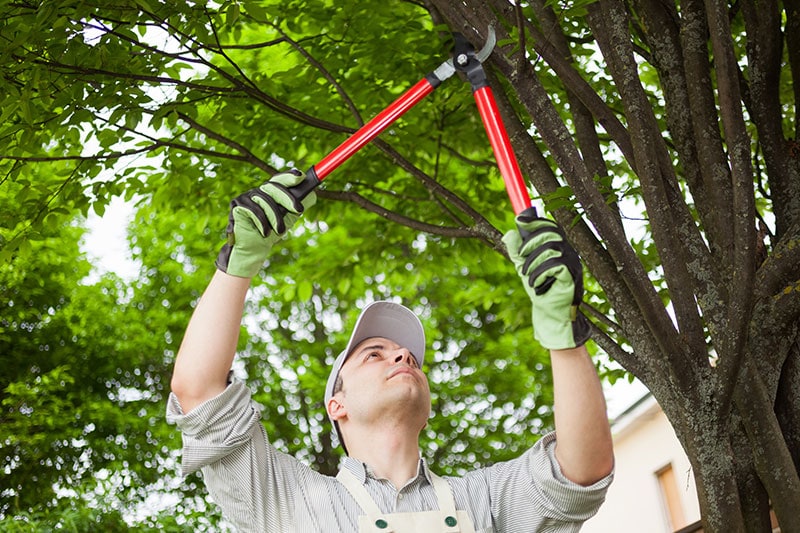
See all posts by this author
For the beauty of your trees and the safety of people and property down below, early Spring is a great time to prune that dead wood.
Early Spring is when certified arborists can best inspect the tree before new buds begin to sprout. That makes it easier for them to determine what’s dead, dying, damaged, infested or diseased and needs to come out. Pruning in early Spring also gives the tree time to recover from any damage before the heat and dryness set in.
Obviously, dead limbs and such are at risk to come down and land on a vehicle, other property, or worst of all, a living thing. Dead wood that isn’t taken care of can also be an entryway for pests and fungal problems. For all those reasons, an Arborscapes arborist will come and take a look, determine the scope of the project and how long it will take and, of course, offer a free estimate.
We see it on the news most every night. Severe storms wreaking havoc across the South. That should serve as motivation to seize the moment.
For our DIY’er friends, a bit of Pruning 101:
- Class I pruning involves smaller, flowering trees with limbs one inch or so in diameter.
- Class II covers two or so inches in diameter.
- Class III involves major pruning of limbs three inches or so in diameter.
Classes II and III typically involve larger shade trees. These trees in particular should be pruned annually. As a rule of thumb, for the tree’s health, we try to avoid removing more than 10 to 20 percent of its branches in a given year, less for mature tree branches.
Class dismissed! It’s time to act on your newfound knowledge. For pruning and all other tree work, call us at (704) 525-7148.
See all posts by this author
